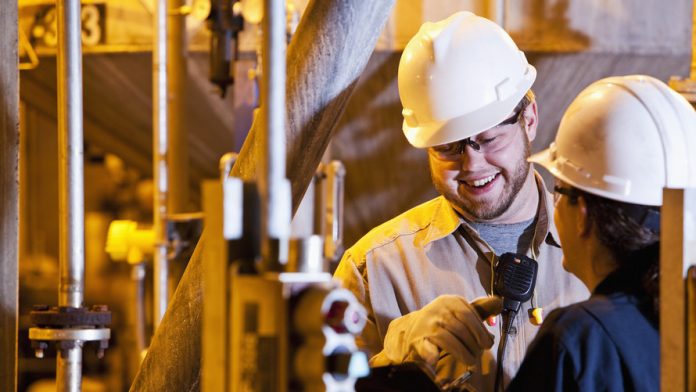Last year, the National Association of Home Builders (NAHB) predicted a U.S. housing crisis for 2020. A survey of the group’s top members – most of whom thought home shortages would hit major American cities in Q3/Q4 – made headlines in September, causing homebuilder stocks to soar.
Then, in December, another NAHB poll revealed that homebuilder confidence was at a 20-year high. Lennar (NYSE: LEN), D.R. Horton (NYSE: DHI), and Pulte Homes (NYSE: PHM) ironically sunk after the data was released. Sentiment was historically positive, but homebuilder stocks were also vastly overbought as a result of the “crisis” talk in September. It drove share prices artificially higher as bulls snatched-up homebuilder stocks well into October, leading to a November/December “hangover” that no news, no matter how good, could remedy.
In 2020, however, homebuilders are making a comeback. LEN, DHI, and PHM are up 13%, 5%, and 8% on the month, respectively.
And based on some new data out of the housing market, the homebuilder rally might get even better.
U.S. homebuilding hit a 13-year high in December, rising 16.9% to a seasonally adjusted annual rate of 1.608 million new units. It’s the largest percentage gain since October 2016 and a potential watershed moment for the industry. Analysts predicted a much more modest 1.375 million monthly house gain – a number that was easily surpassed.
Year-over-year, new homes soared 40.8% in December. Building permits fell 3.9% to 1.416 million, coming off a strong November in which they hit a 12-year high.
Despite the permit contraction, the U.S. housing market looks arguably stronger than ever, especially after the Federal Reserve cut interest rates three times last year. The rate reductions shrunk mortgage rates down from a multi-year high in 2019. The current 30-year mortgage rate is 3.65%, well below its recent peak of 4.94% from November 2018.
And though many analysts were quick to celebrate the December housing adds, others saw the new statistics as a cause for concern.
“[It’s] spectacular but clearly unsustainable,” wrote Ian Shepherdson, chief economist at Pantheon Macroeconomics, in a note.
“Activity can’t be sustained at this level, and a hefty correction in January is a good bet,” he said.
“The permits numbers are a better guide to the underlying picture because they are much less weather-sensitive, and the December numbers are a bit disappointing.”
JP Morgan Chase economist Daniel Silver disagrees, writing that the housing trend “has been favorable even before the December jump.” He continued, arguing that activity will likely stay positive.
We’ll find out who’s right on February 19th, when the January housing report is released. Until then, homebuilder sentiment – and, more importantly, share prices – are likely to keep rising. Risk-tolerant investors may want to join in on the fun before the next set of data spoils the party.
On the other hand, January’s numbers could also be even better than December’s. Another “housing beat” that surpasses estimates might send homebuilder stocks on a certified moonshot – something all investors would appreciate, as the general market could see a significant “bump” as well.







